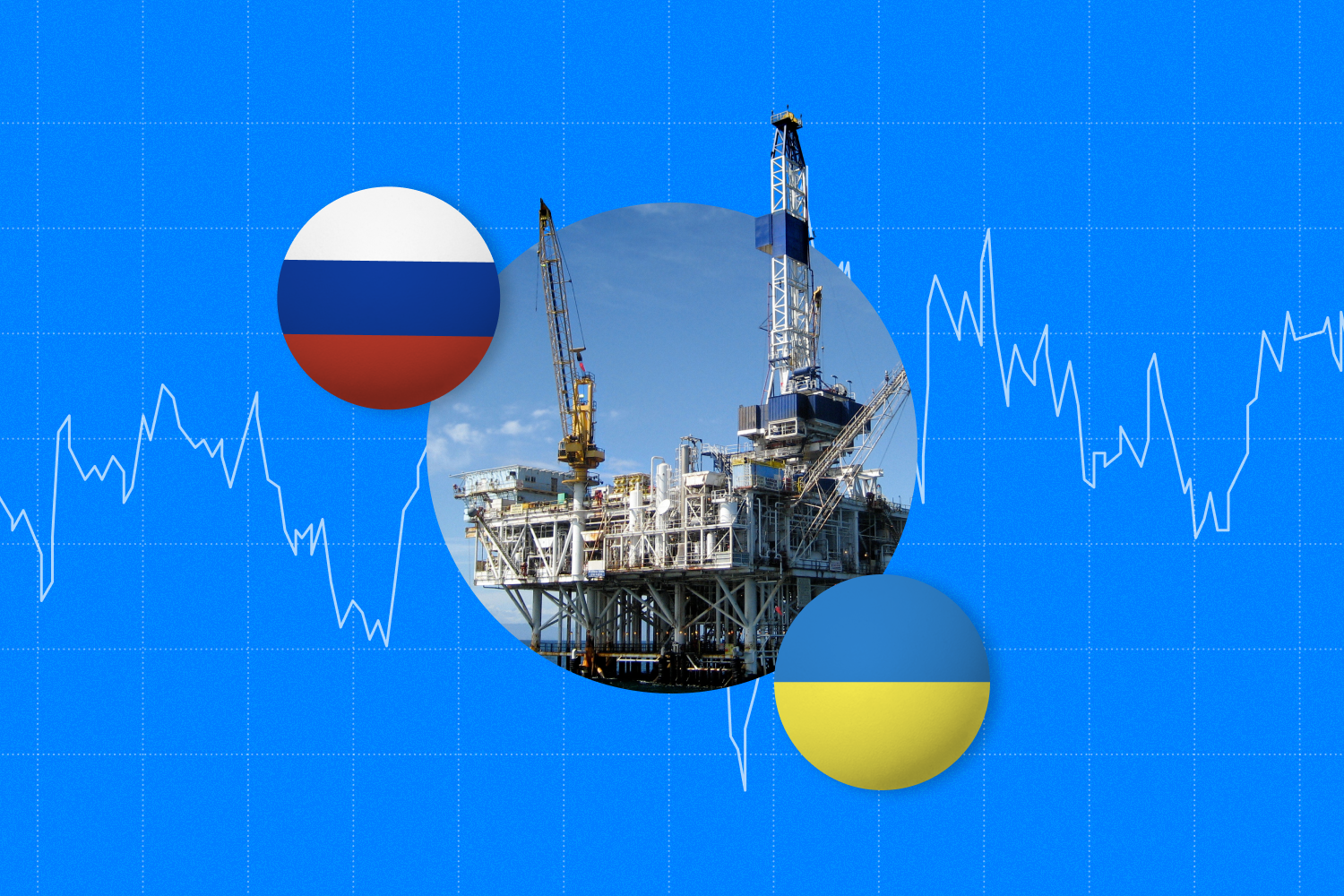OPEC+ (Organization of Petroleum Exporting Countries) and its recent decision to slash oil production by 2 million-plus barrels isn’t the only cause for global energy supply concern. This past December, members of the Price Cap Coalition (G7, Australia, and Member States of the European Union) reached consensus on a ceiling price of $60 per barrel for Russian-origin crude oil.
The price cap will not only prevent President Putin from profiting off his invasion of Ukraine, but support stability in global energy markets and mitigate the economic consequences of the war—particullary for low- and middle-income countries who have incurred disproportionate fiscal and physcial damage. Shipping and insurance companies, as well as credit institutions from the EU and the G7 countries, will be prohibited from servicing any vessels that carry Russian crude oil being sold above the price cap.
However, Putin stated that Russia, the word’s second largest exporter of crude oil, will not adhere to the price cap. And, to further destabilize the coalition’s decison, he has banned oil exports to all countries adopting these measures.
The debacle has left energy leaders and international governments to question how reliable and affordable their energy supply sources will be in the long-term. Below, we used the AlphaSense platform to discover key insights on how the Russian-Ukrainian war and subsequent price cap by the coalition will affect the oil industry and economies around the world.
Russian-Ukrainian War Escalating Energy Prices
At the beginning of the COVID-19 pandemic, global demand for oil declined rapidly due to an economic slowdown spurred by worldwide lockdowns. Eventually, oil prices fell to $20 a barrel.
But as nations crept out of lockdown in 2021, demand for oil was resurected as oil-reliant industries (i.e., transportation, construction, mining, etc.) reopened for business. By the end of the year, oil prices had risen to pre-pandemic levels at $60 per barrel.
As new COVID-19 cases dropped in number throughout 2022, major oil producers and reawakened global economies faced a demand-supply imbalance: strong economic recoveries combined with low investments in the oil and gas industry led to inflated crude oil prices.
Russia’s invasion of Ukraine only exacerbated this crisis, with prices skyrocketing to $110 per barrel. The communist country is the world’s third largest oil producer and supplies a sixth of the world’s oil and natural gas.
To make matters worse, Ukraine’s transit pipelines carry more than a third of the nation’s oil to other European countries and since the onset of the war, these pathways can no longer be used. Meanwhile, countries reliant on Russian oil are left with no other alternatives but to pay increased consumer prices.
Global Response to Russian Supply Cut Off
While most, if not all, nations are sure to experience setbacks with Russia’s decision to withhold their natural gas and oil, Europe will bear the brunt of the cutoff. Most European countries lack their own energy resources and contribute to a significant portion of Russia’s energy revenue.
Putin’s embargo could certainly push Europe into an energy crisis if leaders are unable to find alternatives. Demand will eventually outweigh supply, causing crude oil and natural gas-intensive sectors to drastically scale back or halt production altogether—consequently leading to a fall in the GDP. The global labor market, too, would experience far reaching consequences, ranging from deindustrialization to industry-related inflation.
Regardless of their dependency on Russia’s oil and gas, some nations have adopted measures to wean off of Putin’s exports.
Following Putins invasion, President Biden signed an executive order that banned the US importation of Russian oil, gas, and coal. The United Kingdom followed suit by banning the use of Russian hydrocarbon products while the European Union banned seaborne Russian crude oil imports. The EU later joined the US and UK in including Russian crude oil in its ban.
Already, countries belonging to OECD (the Organization for Economic Cooperation and Development) and the US are tapping into their oil reserves and releasing barrels to satisfy global demand.
To prevent a full-blown energy crisis, Europe will have to look elsewhere—such as the U.S, Middle East, India, or China—to satisfy its oil demands or reduce its reliance on fossil fuels and develop renewable energy sources.
Pushing Global Energy Transitions Forward
The World Energy Outlook 2022, published by the International Energy Agency (IEA), predicts that the Russian-Ukrainian war is accelerating the shift towards clean energy. Fossil fuels are said to peak within the next five years, and by 2030, energy demands would “almost entirely” be met with renewables.
More importantly, the transition to clean energy is imperative in slowing down an impending energy crisis. According to the IEA, “it is the best way out of the crisis.” But is a global energy transition feasible in such a volatile time?
Russia’s cut off has led some countries to embrace antiquated, pollutant-heavy energy resources to meet their needs. Currently, Germany is relying on coal-fired power plants–—coal-fire electricity generation accounting for 30% of global CO2 emissions—while the US, France, and China are using nuclear power plants.
Moreover, the shift to green energy requires heavy investments—cost being the main roadblock for developing and economically-burdened countries to embrace a net-zero future.
For example, India is working towards building renewable energy infrastructure but the country’s focus remains on securing their energy needs. India consumes roughly 4.92 million barrels per day, accounting for 5% of the world’s total share, according to the US Energy Information Administration.
This need for oil is only growing, with India’s demands outpacing any other country in the world. Producing nearly 1,016,371 barrels a day and ranking as the 20th largest producer in the world, India will not be able to satisfy its own oil needs. Last year alone, the country imported 85% of its crude oil.
“India’s demand for petroleum products like petrol and diesel will grow by 7.73 per cent in 2022, the fastest pace in the world, an OPEC report said. India’s demand for oil products is projected to rise from 4.77 million barrels per day (bpd) in 2021 to 5.14 million bpd in 2022, OPEC said in its monthly oil report. The growth in demand is the fastest in the world ahead of 1.23 percent of China, 3.39 percent of the US and 4.62 percent of Europe. For 2023, the Organisation of Petroleum Exporting Countries (OPEC) projected a growth of 4.67 per cent in India’s demand to 5.38 per cent.”
– CNN-News18 | News Article
Looking Ahead to the Future
Staying on top of every market movement affecting oil and gas prices can be a full-time job—one that is crucial to remain ahead of the competition. With AlphaSense, you can significantly cut your lead-time to find the answers you need and make faster, more informed decisions in anticipation of macro- and microeconomic events shaping the E&I industry.
Download our report, Global Supply Chain Outlook – Macroeconomic Factors Impacting Energy and Industrials, to learn what insights a market intelligence platform like AlphaSense can reveal.
AlphaSense helps you cut through the noise and deliver meaningful insights from over 10,000 content sources including company reports, broker research, news sources, and expert interviews—effectively eliminating research blindspots and




